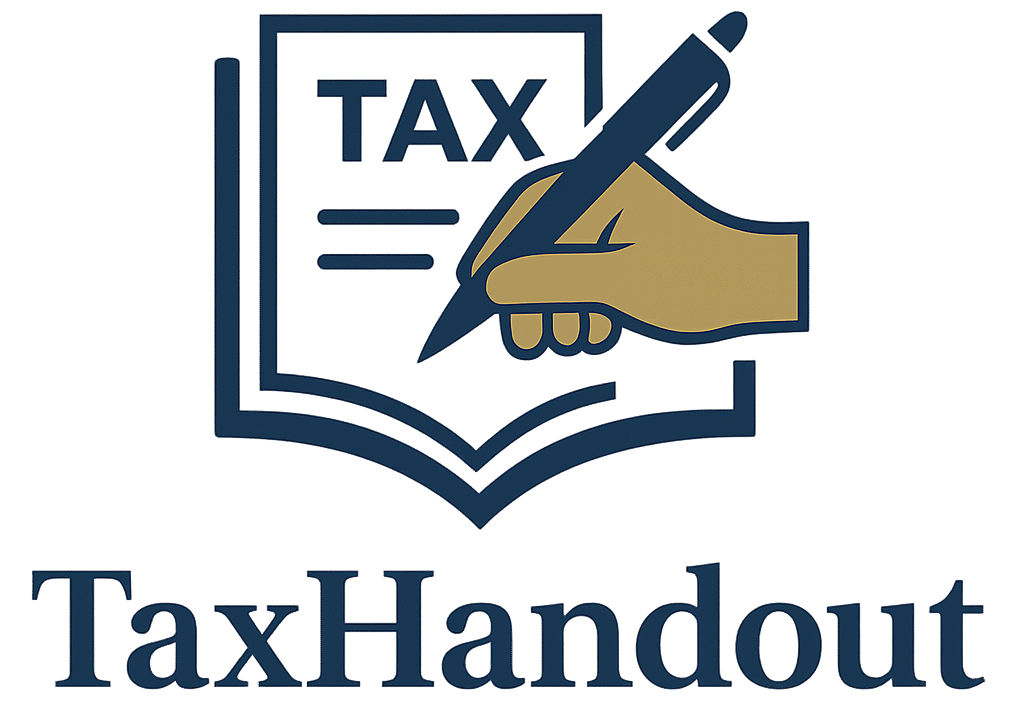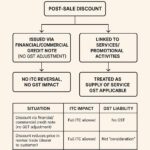Vide Notification No. 09/2025 (Central Tax) dated 11.02.2025, Form GSTR-7 (the return filed by TDS deductors under GST) was amended to capture invoice-wise details of supplies on which tax was deducted at source (TDS). The GSTN has now made that invoice-wise functionality operational on the portal — hence from the September 2025 tax period onward, GSTR-7 must include invoice-level reporting.
The portal notice also reminds deductors to prepare data accordingly and says the due date for the September tax period filing is 10 October 2025. For any portal problems, raise a grievance through the Self-Service Portal of the GST portal.
Why this change? (reasons — simple and practical)
- Better reconciliation: Invoice-level data helps suppliers (deductees) match TDS details exactly with their outward invoices so ITC can be claimed without mismatch notices.
- Reduce manual corrections: Earlier many mismatches arose because only aggregate TDS details were provided. Now both sides will see the same invoice numbers and amounts.
- Improved transparency: Authorities get more granular data to trace TDS reporting and reduce disputes.
- Faster resolution of ITC issues: When invoice details are present in GSTR-7, validation and matching in the portal (GSTR-2A/2B style matching for TDS) becomes easier.
- Data analytics & compliance: Authorities can better identify non-compliance when data is at invoice level.
What exactly do you need to report (invoice-level fields — typical)
While the portal interface/offline utility will indicate exact column names, invoice-level reporting will typically require, for each invoice:
- Supplier (Deductee) GSTIN
- Supplier name
- Invoice Number (as on supplier’s invoice)
- Invoice Date
- Taxable Value (amount of supply)
- Taxable components — CGST / SGST / IGST / Cess (as applicable) OR combined tax amount on which TDS was deducted
- Amount of TDS deducted (on that invoice)
- Place of supply / State code (where relevant)
- Nature of supply / SAC (if required)
- Any adjustment/cancelled invoice flags (if TDS pertains to a credit note / debit note)
Important: Verify exact field names and format when you download the latest GSTR-7 offline template from the GST portal — portals often expect specific column headers and JSON format for bulk upload.
Example (step-by-step) — how invoice-wise TDS reporting will look
Example facts:
- Supplier GSTIN: 07AAAAA1234A1Z5 (Punjab)
- Invoice no: INV-101 dated 05-09-2025
- Taxable value: ₹1,00,000
- GST on invoice (assume IGST 18% for example) = ₹18,000
- TDS rate (for illustration) = 2% on taxable value or on tax? (Check current statutory basis — here we illustrate with 2% on invoice value as example only.)
Calculation (illustrative):
- TDS (2% of taxable value) = 2% of ₹1,00,000 = ₹2,000
- Report a single invoice row in GSTR-7 with:
- Supplier GSTIN: 07AAAAA1234A1Z5
- Invoice No: INV-101
- Invoice Date: 05-09-2025
- Taxable Value: 100,000
- Tax Amount: 18,000
- TDS Deducted: 2,000
(If the statutory TDS is calculated on tax amount or any other base, compute accordingly — this example is illustrative.)
Sample invoice-wise template (simple table you can adapt)
| Supplier GSTIN | Supplier Name | Invoice No | Invoice Date | Taxable Value | Tax Amount | TDS Amount | Place of Supply |
| 07AAAAA1234A1Z5 | ABC Traders | INV-101 | 05-09-2025 | 100,000 | 18,000 | 2,000 | Punjab |
| 07BBBBB5678B1Z6 | XYZ Services | INV-102 | 10-09-2025 | 50,000 | 9,000 | 1,000 | Haryana |
You can prepare this in Excel and convert to the format required by the GST portal (offline utility / JSON) for upload.
Practical steps to prepare and file (deductor checklist)
- Collect invoices: Get copies of supplier invoices and confirm invoice numbers, dates and taxable values.
- Decide TDS base & rate: Confirm with your tax consultant / notification whether TDS is on taxable value or tax amount, and the exact percentage for the period. (Statute/notification decides this.)
- Prepare invoice-wise worksheet: Use the column headers as shown in portal’s offline utility. Include only invoices where TDS was actually deducted.
- Match with supplier records: Inform suppliers of the invoice numbers and TDS details to avoid mismatches on their end.
- Use offline utility / portal upload: Convert Excel to the scheme required by GSTN (download latest GSTR-7 offline template), validate, then upload.
- Reconcile before final submit: Check totals — total TDS reported in invoice rows must equal aggregate TDS amount shown in other parts of the return.
- Keep supporting documents: Maintain records (proof of deduction, challans, payment of TDS to Government) — for audit and dispute resolution.
- File on or before due date: For Sep’25 the portal notice states due date is 10 Oct 2025.
Common errors & how to avoid them
- Wrong GSTIN of supplier: Validate 15-digit GSTIN format; wrong GSTIN causes mismatch.
- Invoice number typos: Even one wrong character causes non-matching against supplier’s upload. Use exact invoice numbering.
- Incorrect TDS base/rate: Confirm statutory basis before computing TDS. Recalculate where necessary.
- Mismatch between invoice rows and aggregate totals: Always reconcile row sum of TDS with the head/totals in GSTR-7.
- Late uploads / portal validation errors: Use the portal’s offline utility to validate before upload — it highlights format errors.
- Reversed/cancelled invoices not updated: If supplier issues credit notes, reflect adjustments; otherwise ITC mismatch will occur.
Impact on supplier (deductee)
- Supplier should monitor their GSTR-2A/2B style statements (or TDS statements) to see invoice-level TDS credited.
- Where the supplier does not see the invoice/TDS reflected, first coordinate with the deductor to check whether invoice number or GSTIN was reported correctly.
- If portal technical issues occur, supplier/deductor should raise grievance via GST self-service portal and keep records of communications.
If the portal shows missing or wrong TDS (what to do)
- Reconcile: ask the deductor for a screenshot or copy of their GSTR-7 invoice entry.
- If deductor admits error: request rectification in next return (or amendment route if prescribed).
- If portal technical error: raise grievance via Self Service Portal (provide invoice number, GSTIN, TDS amount, date and supporting documents).
- Maintain a written trail (email/acknowledgements) — useful in case of notice.
Practical filing tips & best practices
- Use a standardized internal template every month to avoid scramble near due date.
- Keep an excel master of supplier GSTIN + billing series to validate invoice numbers quickly.
- Automate where possible — if you use Tally / ERP, extract invoice data and map to the portal format.
- Assign a small team or person responsible for TDS data upload to reduce mistakes.
- If you’re a small deductor with few invoices, still report invoice-wise — it’s mandatory.
FAQs
Q: Does every deductor need to report invoice-wise from Sep 2025?
A: Yes — the portal notice states invoice-wise functionality is operational and from September 2025 invoice-level reporting is required in Form GSTR-7.
Q: What is the due date for September 2025 GSTR-7?
A: The portal notice mentions 10 October 2025 as the due date for the September tax period.
Q: My supplier’s TDS is not reflecting — what next?
A: Reconcile details with deductor; if deduction is correctly reported, raise grievance through the GST portal Self-Service. Keep documentary evidence.



